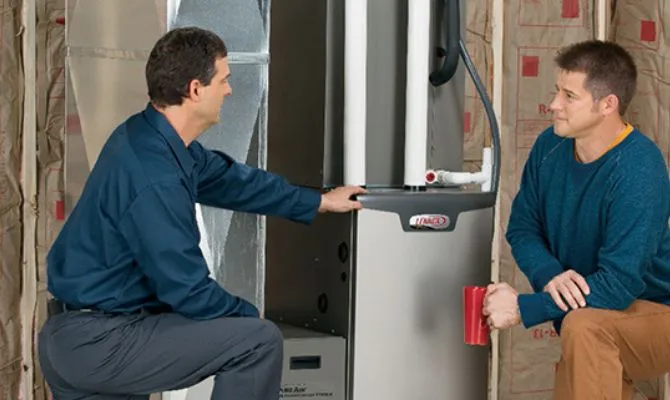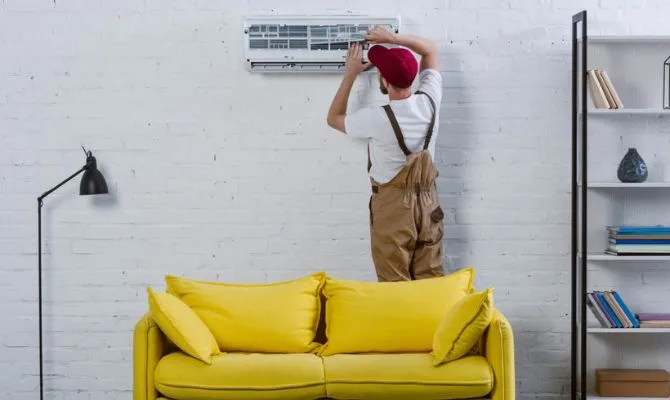Smart Vents vs. Zone Heating
When it comes to heating or cooling your home, it’s natural to want to be comfortable. Too hot and you’re running around in shorts during the winter; too cold and you’re wearing layers in the summer. But what if some family members like the temperature toasty and others like it just warm enough to the chill out of the air? Luckily, modern technology has made it possible to vary the temperature in various rooms of your home, either with zone heating or smart vents. Both help to maximize the efficiency of your HVAC system. But what’s the difference and which is right for you?
Smart Vents
Smart vents are air registers in your home that open and close automatically to promote or impede air flow according to the homeowner’s programmed temperature preferences. A smart vent isn’t your grandma’s air register – it has additional technology built in that allows it to do its job. It will have a smart thermostat to gauge the temperature in the room and adjust it automatically; motion and proximity sensors to determine if there is any movement in the room; and a motor or actuator that will cause the vents to open and close and will redirect the air, if necessary.
A smart vent determines how much air flow is needed in a room to maintain the temperature programmed into the system and adjust that flow accordingly.
Pros
- Smart vents are easy to install and require only minor modifications to your existing system, if any.
- They can be operated easily using remote controls or cellphone apps.
- A great choice for optimizing an existing system without modifying your ductwork.
- You’ll need a smart thermostat to ensure that your system works. If you don’t have one, there will be an installation cost.
- Your thermostat controls the vents, but not the airflow in the system. Without oversized vents, there may be noise or airflow issues in the system. You can enlarge your vents, but that can add cost.
- If your vents have filters built in, you’ll need to check and change them regularly for optimal performance.
Smart vents are of maximum benefit when you have a house without major temperature variations or are looking at controlling the climate of only one or two rooms in your home. Smart vents are also practical when your budget for optimizing your HVAC system is limited and you don’t want to modify your entire system to allow for zoned control.
Zone Heating
A zone heating system divides your house into sections – zones – whose temperature is controlled individually. Each zone has its own thermostat or sensor and there are dampers throughout. A zoned system allows you to deliver heat or air-conditioning when and where you need it. Zoned systems can be adjusted for room usage, environmental conditions and personal preferences.
Pros
- Ensures consistency in heating and cooling.
- Total control over the temperatures in your home with the ability to adjust for personal preferences.
- Ability to save on energy costs by lowering/raising temperatures in rooms that aren’t used often.
- Work well with remote controls or smartphone apps.
- Programmable thermostats can increase savings by adjusting the temperature when you’re away or sleeping.
- Complex systems with a number of moving parts and complicated ductwork, making its initial cost and installation cost higher than standard systems.
- Possibility of higher maintenance and repair costs.
Zone heating is of maximum benefit when you have a large home or one that has temperature variations throughout. They are easiest to install during construction.



